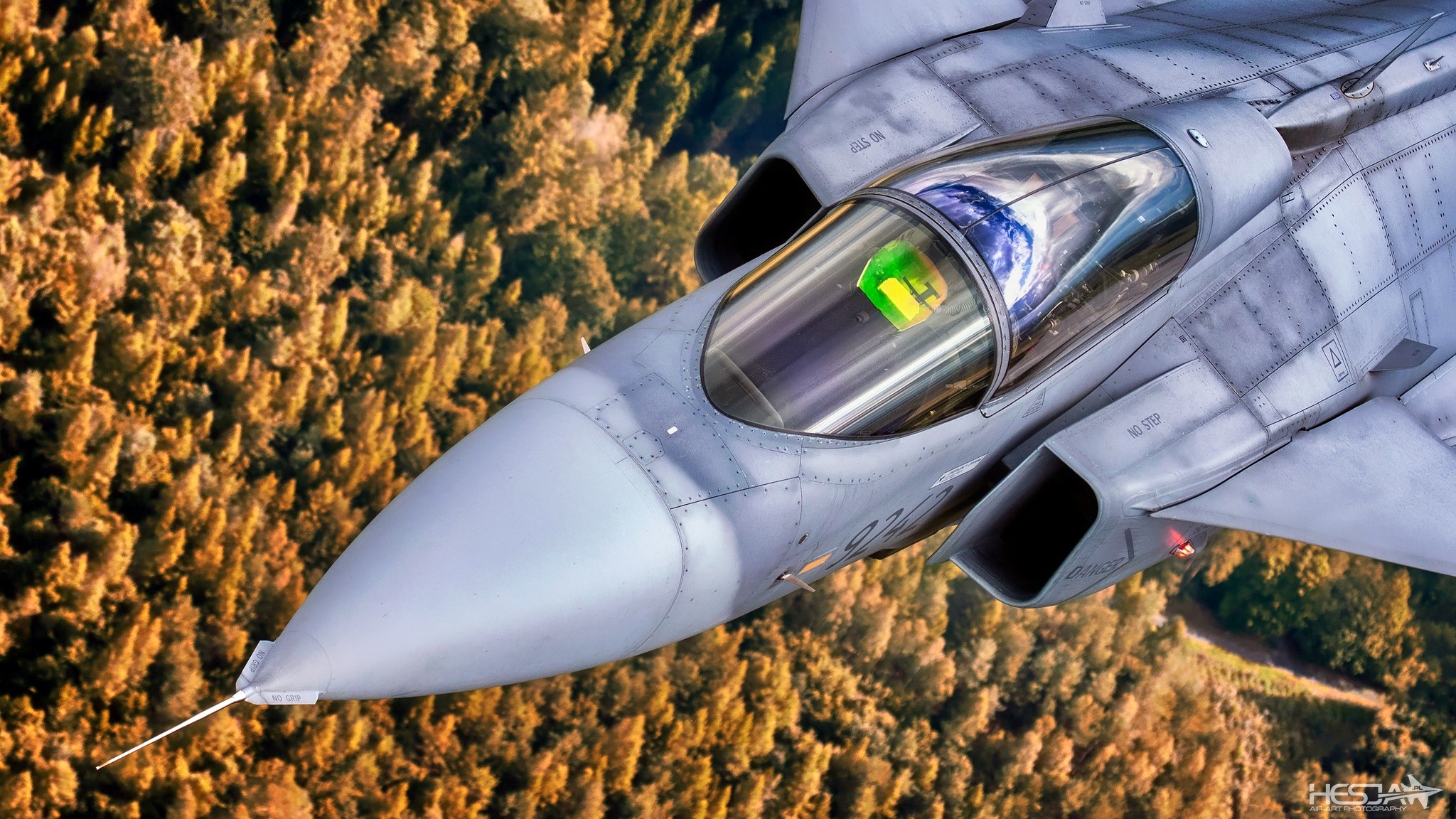Summary and Key Points: South Africa’s air force faces critical failure, with only 2 out of 26 JAS 39 Gripen fighters operational, leaving 92% grounded.
-Overall, just 2% of its total aircraft fleet is ready for combat or missions due to severe budget and maintenance problems.
-This crisis severely impacted recent peacekeeping operations in the Democratic Republic of Congo, causing substantial risk to soldiers without air support.
-Experts warn the nation is effectively defenseless, unable to secure its airspace or provide battlefield assistance.
-Unless immediate financial and logistical solutions are implemented, South Africa remains vulnerable to external and internal threats, facing unprecedented military embarrassment.
JAS 39 Gripen Can’t Fly in South Africa
South Africa is not known for its military and its air force, but it has seen better days if it was ever effective in the first place. Now, its air force has shown that it is still not ready for prime time. The South Africans “try” to fly the JAS 39 Gripen – a Swedish airplane produced by Saab that several foreign partners deploy.
The problem is that the South African Gripens are not actually flying.
They are grounded in such a way to make the whole fleet combat ineffective.
92 Percent of JAS 39 Gripen Fighters Cannot Take to the Skies
Only 2 of 26 JAS 39 Gripen fighters in the South African air force are on active status. That means 92 percent are not combat-ready.
South Africa has a large air force with a reported 330 warplanes and helicopters in the fleet, but only six of those are flying. Just two percent of all aircraft are ready for active use.
Obviously, there are deep problems with the South African military and its maintenance requirements for aircraft. In late 2021, the South Africans could not agree with Saab on which entity must pay for maintenance and spare parts.
This Has Hurt the Combat Mission
This lack of active airplanes has hindered a recent military operation. South African troops deployed as peacekeepers to Democratic Republic of Congo in January and the soldiers were without air support.
This made the ground fighters unsafe in the bloody war between the DRC and M23 insurgents. The South African troops went through a period of “total defeat and humiliation.”
The Statistics Are Horrendous
The numbers are appalling. At least 283 jets are grounded because of a lack of spare parts. Sixty airplanes need major rebuilds. Twenty-seven are waiting for repairs. Twenty JAS 39 Gripens are part of the list that is classified as “grounded for lack of spare parts” status.
The other Gripens need a full work-over. Only one helicopter in the military is able to fly while the rest – 78 helicopters – are combat ineffective.
Pilots cannot even train that well because only three of the Hawk trainer jets can fly while 21 other Hawks are out of service.
“By now, South Africa has reached a state where its military forces cannot count on its aviation to perform air defense missions, air support on the battlefield, or at least evacuate the wounded,” according to Defense Express.
The Country Cannot Protect Itself
Experts are saying the country is “defenseless.” The military has no money in the budget to fix their rusting aircraft. They are just wasting away in hangars or airfields while the pilots sit on their hands.
“The SANDF [defence force] has deteriorated to such an extent it cannot defend the country,” said Kobus Marais, a recently retired member of Parliament who was the shadow defense minister. “Major equipment is not working. There is no air force and no navy.”
The South African air space is unprotected and the homeland is vulnerable. There is no air policing and if there were some type of threat the military could not address it.
The JAS 39 Gripens and Hawks were purchased in 1999, so they are growing long in the tooth. Many of them will probably have to be retired completely as they will fade away since technicians and mechanics are ignoring them.
Nothing to See Here
Investigative journalist Martin Plaut asked South African National Defence Force (SANDF) spokesperson Siphiwe Dlamini about the horrendous state of the military. Dlamini said the force was “not in a position to give you actual numbers as per your inquiry, due to security reasons.”
“However, it is public knowledge that the SAAF has faced numerous challenges related to the serviceability of its fleet.”
The presidential jet and other aircraft used for VIPs has also been grounded off and on over the years. One president missed a critical meeting on the government budget because his airplane couldn’t fly. Other officials are forced to take commercial flights.
But it is the lack of combat lethality that is so glaring and dangerous. During the Democratic Republic of Congo peacekeeping deployment, 14 South African soldiers died in combat and it is unknown how these fighters were evacuated from the frontlines. This also raised the question of whether wounded soldiers can be extracted to safety for medical care. The South Africans had to rely on the DRC for air support and medical needs.
The current government continues to maintain that the defense forces are ready to fight and supplied well. This could not be further from the truth.
The South Africans should stop all combat missions until the aircraft crisis is fixed. This is likely the worst state of South African military affairs in modern history. The government needs to budget money for maintenance and readiness.
The current status of the air force is embarrassing and this could be the most combat ineffective flying branch in the world. This clearly needs to be fixed or the country may not be able to protect itself from threats – either external or internal.
JAS 39 Gripen
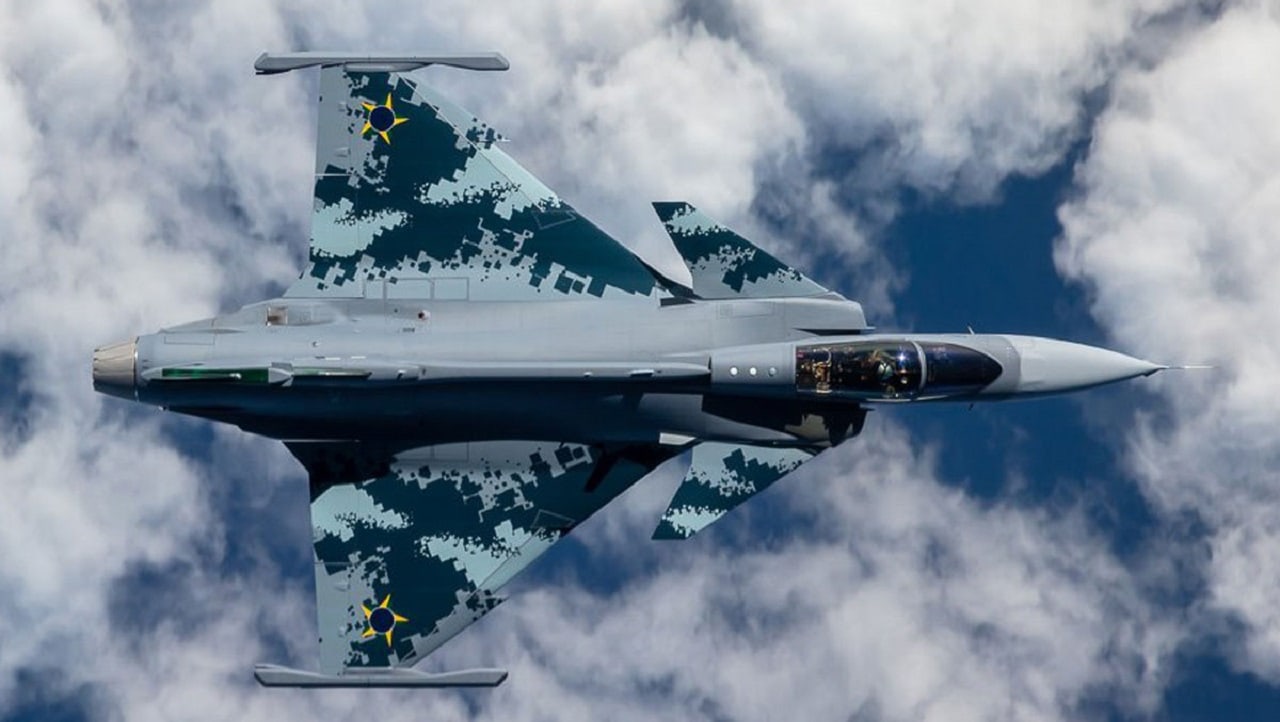
Sweden JAS 39 Fighter. Image Credit: Creative Commons.
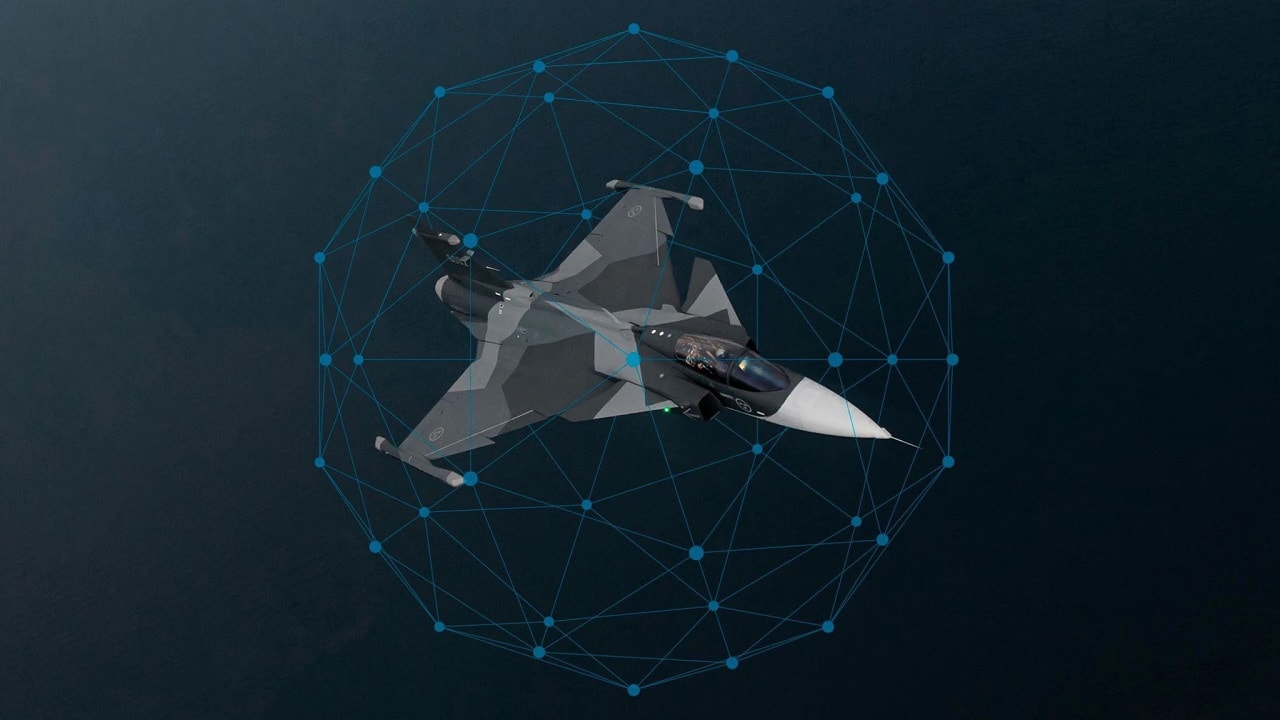
JAS 39 Gripen. Image Credit: Creative Commons.
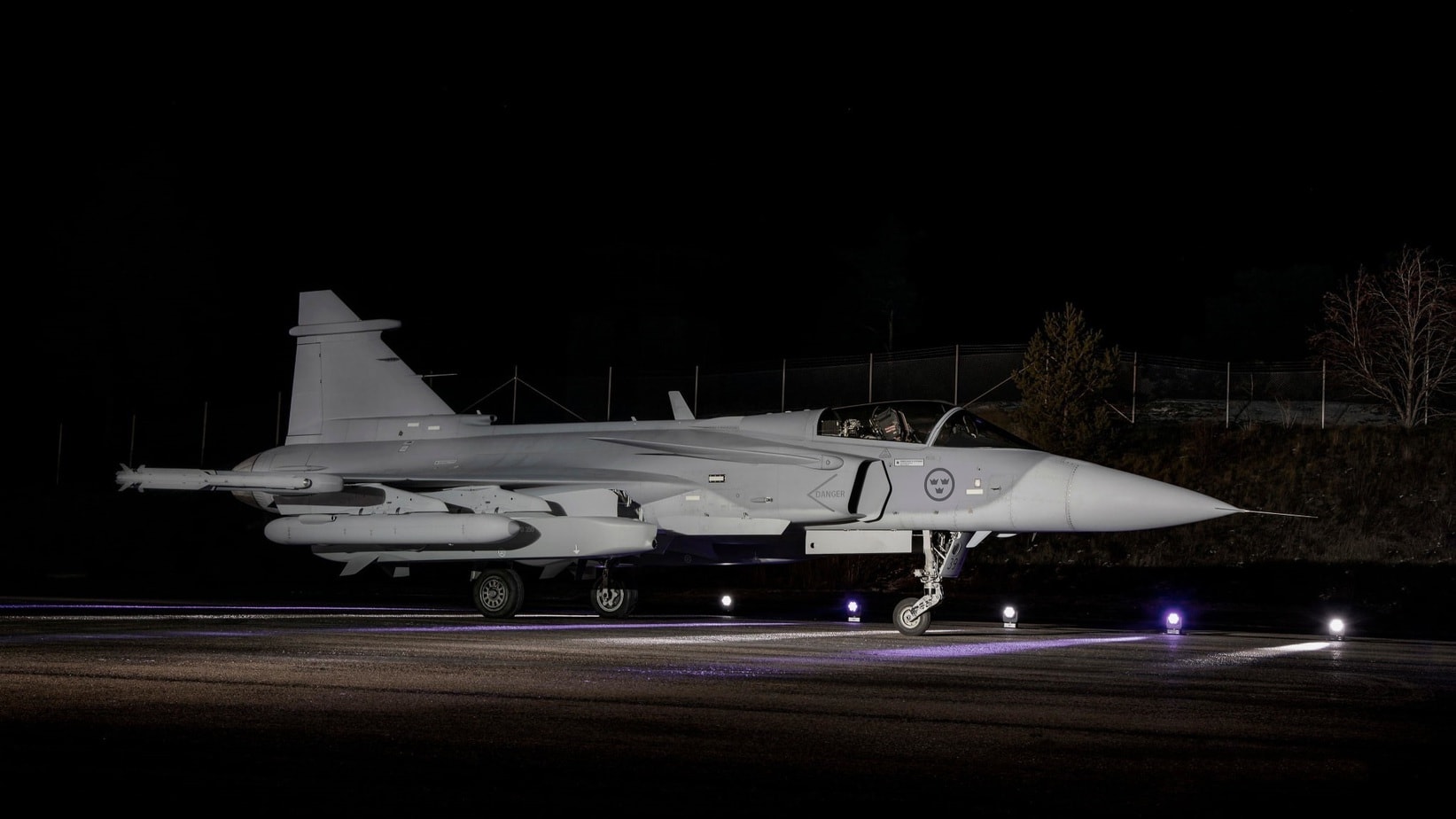
JAS 39 Gripen. Image Credit: Creative Commons.

Sweden’s JAS 39. Image Credit: Creative Commons.
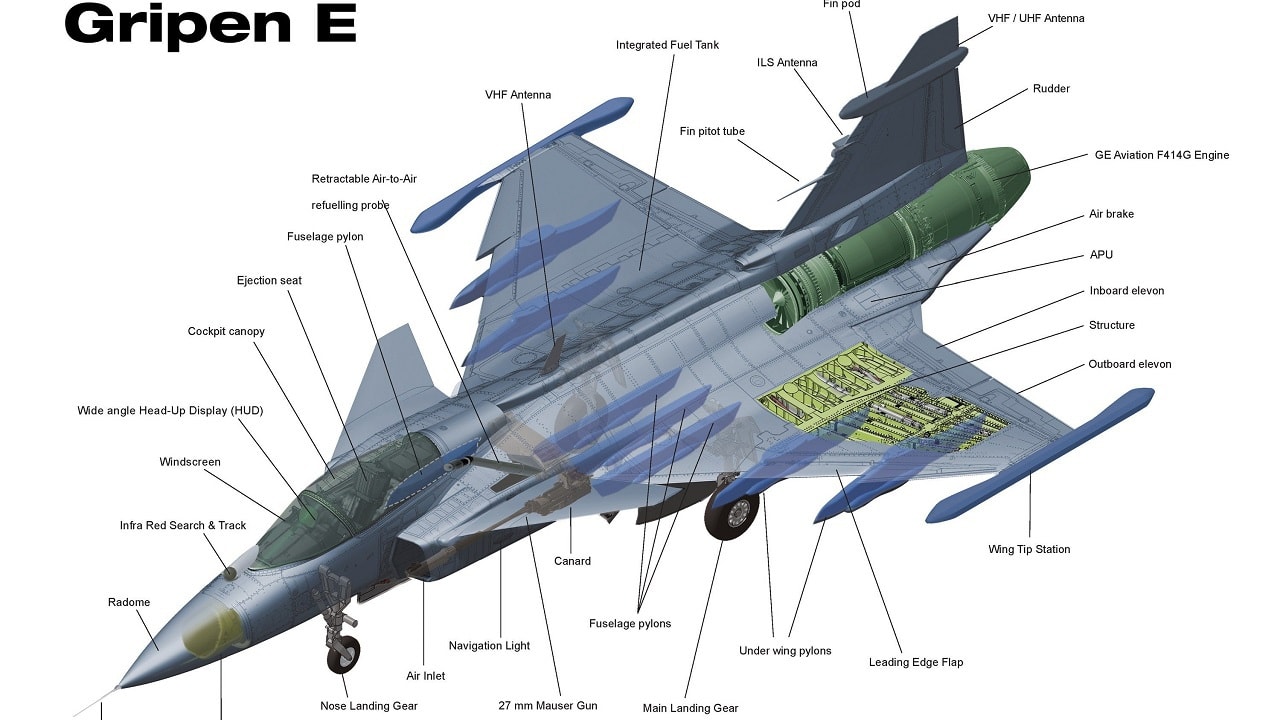
JAS 39 Gripen. Image Credit: Creative Commons.
About the Author: Dr. Brent M. Eastwood
Brent M. Eastwood, PhD is the author of Don’t Turn Your Back On the World: a Conservative Foreign Policy and Humans, Machines, and Data: Future Trends in Warfare plus two other books. Brent was the founder and CEO of a tech firm that predicted world events using artificial intelligence. He served as a legislative fellow for U.S. Senator Tim Scott and advised the senator on defense and foreign policy issues. He has taught at American University, George Washington University, and George Mason University. Brent is a former U.S. Army Infantry officer. He can be followed on X @BMEastwood.

